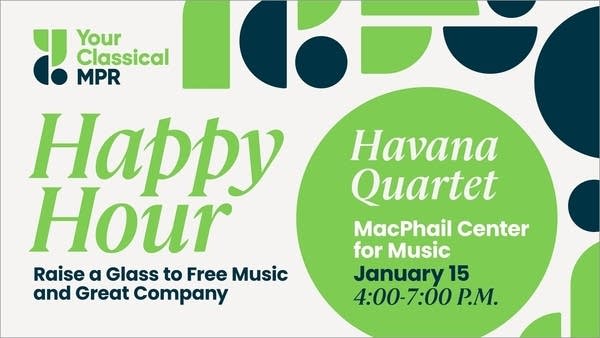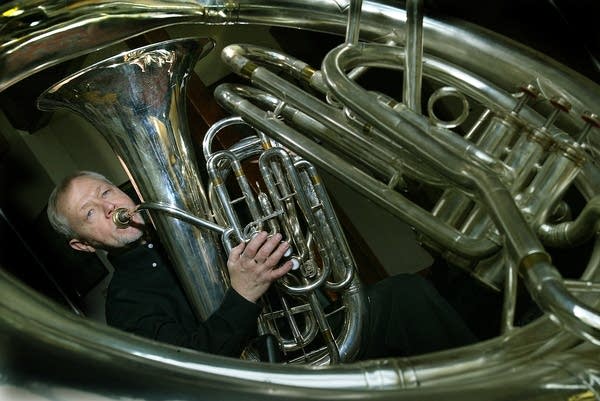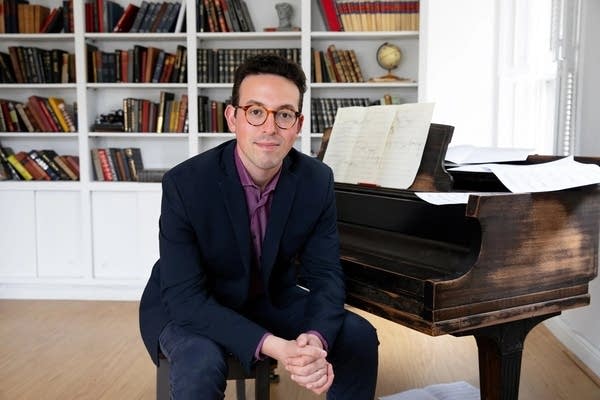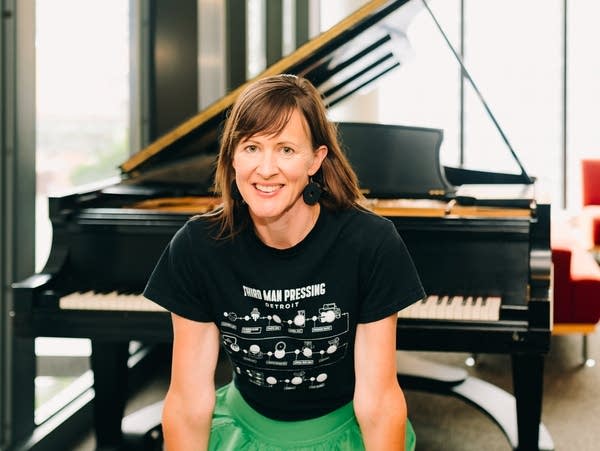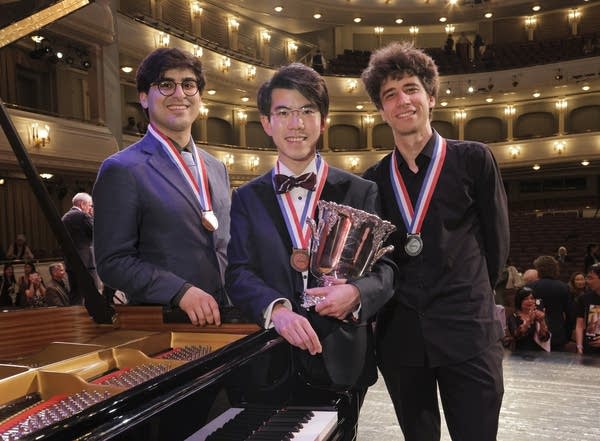To accompany Bradley Cooper’s new film, Maestro, in which he embodies the legendary Leonard Bernstein, we offer 10 of the composer/conductor’s great recordings.
‘The Rite of Spring’ (Igor Stravinsky)
This notoriously difficult piece is a prime example of Bernstein’s ability to conduct thorny music. One of the composer’s biggest champions, Bernstein called the work “extremely tuneful and dancy, rhythmically seductive, beguiling.” One might say the same of the conductor’s interpretation with the New York Philharmonic from 1958. Here’s the final “Danse Sacrale.”
Symphony No. 5 (Dmitri Shostakovich)
This 1959 recording was made just after Bernstein and the New York Philharmonic returned from a three-week tour of the Soviet bloc, where the orchestra performed in the presence of Shostakovich himself. Bernstein conducted this Movement 4 much faster than intended, an alteration the composer grudgingly approved.
‘Rhapsody in Blue’ (George Gershwin)
Here is proof that Bernstein could do it all. A skilled pianist, he sometimes conducted from the keyboard, as in this 1959 recording of Gershwin’s masterpiece with the Columbia Symphony Orchestra. Bernstein’s version has an exuberant swagger that befits this American classic.
‘Symphonic Dances’ from ‘West Side Story’ (Bernstein)
The composer assembled portions of his best-known work into the Symphonic Dances in 1961. To bring the rhythms to life, he used a large percussion section that included bongos, cowbells and a police whistle — plus the orchestra members (here, the New York Philharmonic) shouting, “Mambo!” As in the musical, the suite ends with a haunting chord.
Piano Concerto No. 1 (Franz Liszt)
Bernstein launched the career of then-16-year-old pianist André Watts in 1963, saying he “flipped” when he heard Watts audition with this piece for one of his televised Young People’s Concerts. A few weeks later, he asked the teenager to fill in for the ailing Glenn Gould as soloist on the concerto with the New York Philharmonic, a performance that was included on Watt’s debut album.
Piano Concerto No. 2 (Johannes Brahms)
In 1983, Bernstein, 65, teamed up with 27-year-old Polish pianist Krystian Zimerman to begin recording the Brahms piano cycle. A few years later, they would team up to record the Beethoven concerto cycle. Bernstein died before the project was completed, and Zimerman conducted the remaining concertos while playing the piano. The duo recorded Brahms’ Second Concerto with the Vienna Philharmonic in 1985.
Symphony No. 2 (Gustav Mahler)
Bernstein was crucial to the modern revival of Mahler’s music, saying of the composer, “I’m so sympathetic to Mahler: I understand his problem. It’s like being two different men locked up in the same body; one man is a conductor, and the other a composer. … It’s like being a double man.” It’s fitting, then, that this piece is featured prominently in the trailer for Maestro, which explores Bernstein’s many personas. Here is the finale of the Fifth Movement (“Resurrection”) from a 1987 recording with the New York Philharmonic.
‘Schelomo’ (Ernest Bloch)
Bernstein’s long association with the Israel Philharmonic (which predated the creation of the Israeli state) and his passion for the music of his Jewish heritage is highlighted in this 1988 recording featuring cellist Mischa Maisky. Subtitled “A Hebraic Rhapsody,” the piece also reflected Bloch’s searching for his Jewish identity. This recording achieves a kind of alchemy among composer, musicians and conductor.
Symphony No. 9 (Ludwig van Beethoven)
On Christmas Day 1989, just after the fall of the Berlin Wall, Bernstein assembled a multinational group of musicians to play “Ode to Joy” in celebration. Participants included choruses from Germany; orchestra members from the London Symphony, New York Philharmonic, Orchestre de Paris and Orchestra of Kirov Theatre in Leningrad; plus renowned singers June Anderson, Sarah Walker, Klaus Konig and Jen-Hendrik Rootering.
‘Four Sea Interludes’ from ‘Peter Grimes’ (Benjamin Britten)
Bernstein’s last recording, two months before his death in 1990, was of this concert with the Boston Symphony Orchestra at Tanglewood in Massachusetts. The music venue was dear to his heart, as he had been present at its 1940 inception and returned nearly every summer to teach and conduct.
Love the music?
Show your support by making a gift to YourClassical.
Each day, we’re here for you with thoughtful streams that set the tone for your day – not to mention the stories and programs that inspire you to new discovery and help you explore the music you love.
YourClassical is available for free, because we are listener-supported public media. Take a moment to make your gift today.

